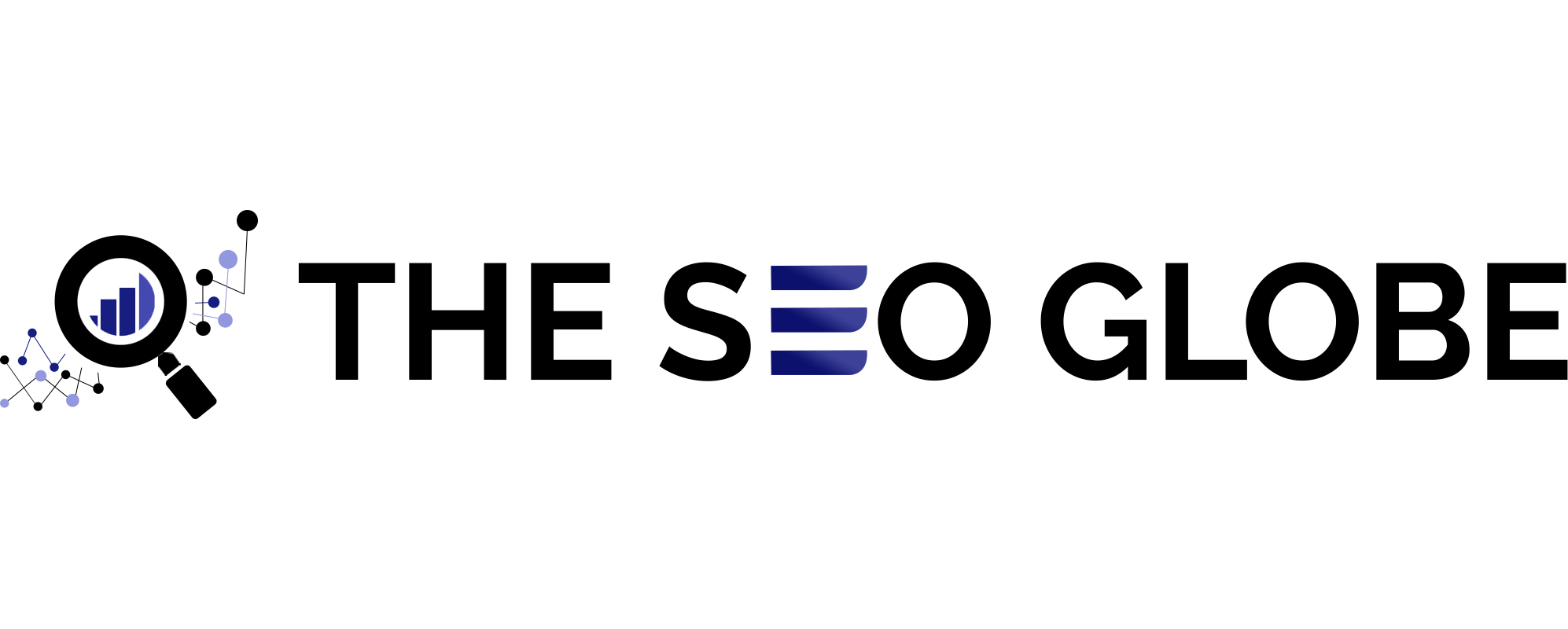What is this discussion about Google’s SEO documentation? Why is it too much in the chat and how is it going to impact the searches?
 In this fast-moving world of SEO, one can sometimes be crippled by Google’s SEO documentation, which seems like a maze with no visible exit route. Martin Splitt’s recommendation to check up on Google’s guidelines against information gleaned from SEO auditing tools was very timely. It simply helps in keeping your SEO practices within the precincts. Moreover, these are recommended by best practices and warning signals on common pitfalls.
In this fast-moving world of SEO, one can sometimes be crippled by Google’s SEO documentation, which seems like a maze with no visible exit route. Martin Splitt’s recommendation to check up on Google’s guidelines against information gleaned from SEO auditing tools was very timely. It simply helps in keeping your SEO practices within the precincts. Moreover, these are recommended by best practices and warning signals on common pitfalls.
Understanding Google’s SEO Documentation
Official Google documentation is supposed to guide webmasters and SEOs on the best practices that can be done toward better visibility. The guidelines pinpoint the best structure one can use to present content for usability and easy indexing and understanding by search engines. All this should help a website to attain better rankings through quality content and technical accuracy.
It gives a broad overview of what Google perceives as the most important things with regard to SEO: providing useful content, available to users, and following a number of technical standards that make it easier for search engines to crawl and index a site. The documentation, however, intentionally does not go into the details of the ranking algorithms used by Google.
The Bounds of Google’s SEO Documentation
Although these guidelines from Google are useful and important, they are purposefully undeclared with respect to the details of their ranking algorithms. Once more, here is a conscious decision that Google has taken not to allow the results to be gamed and to protect the sanctity of their ranking system. Detailed algorithmic factors remain unpublished to keep SEO efforts focused on genuine quality and user experience. Rather than gaming the algorithm.
Best practices are advised in the documentation, but it does not explain how different elements impact rankings. It basically has webmasters and SEOs relying on their expertise and experience to make sense of the guidelines for proper application. What is expected is developing high-quality information, that and user-friendly. Also, within the layman’s applications of Google’s general principles without exploiting specific algorithmic insights into ranking signals.
Reverse-Engineering of Ranking Signals: How Difficult?
Many have attempted to reverse-engineer Google ranking signals. But such efforts often turn out to be little more than a futile exercise. The complexity and proprietary nature of Google’s algorithms make it impossible to figure out what exactly can bring about changes in rankings. Any strategy based on ideas like “authorship signals” or “expertise signals” has been misguided. This shows exactly how difficult it is to unravel how Google really ranks pages.
These fruitless efforts bring to the fore the tailored nature of Google’s algorithms. In most cases, techniques designed for SEO often tend to function for some time. Even though, it always turns out to lack the long-term resilience required due to the dynamism involved in Google’s search algorithms. With continuous updating and refining in algorithms by Google, it is upon a would-be optimizer to keep themselves abreast and up-to-date all the time.
Employing SEO Tools and Industry Acumen
Because Google’s documentation isn’t complete in a lot of ways, many SEOs have to fall back on auditing tools and industry insights for guidance. SEO auditing tools underpin practical recommendations with real-world data that empowers the discovery of technical issues and further optimization opportunities.
Industry insights from SEO communities and experts are another major influence in terms of strategy formulation. These sources open a much wider scope of new trends. Moreover, the best practices that are changing, help SEOs stay current on changes within the industry. While very much valued, these insights must complement, not replace, the core principles of Google.
Balancing Best Practices with Practical Insights
While that is the case, it’s important to approach SEO with some type of balance. Start by ensuring the best practices given by Google. These guidelines are followed in terms of quality, user experience, and technical functionality of the content one publishes. Indeed, in most instances, this kind of foundational approach usually helps in making sure that your site is optimized in accordance with Google’s general principles.
At the same time, be aware of the trends and insights that are changing from SEO tools and experts. Indeed, these kinds of sources can add another level of context to what one is doing. Further, tune their strategies against real-world data and collective experience. You’ll be much better positioned to round out your SEO strategy for changing best practices. Yet remaining adaptive to moving trends, when you are able to merge such insights with those from Google’s guideline provisions.
Embracing an Integrated Approach to SEO
Long story short, Google’s documentation is full of great recommendations that help you optimise your site. Additionally, the limitations are very apparent. This very critical document on best practices, in all aspects, doesn’t reveal the details of Google’s ranking algorithms. To master all the nooks and crannies involved in SEO, supplement the official guidelines with the insights that SEO tools and industry expertise can provide.
Adopt an integrated approach to SEO: drive long-term success by integrating Google’s best practices with practical insights. As well as industry trends under one comprehensive strategy. Take a holistic view, wrapped in the mainstays of Google, yet lithe in the forever-changing digital environment, to achieve your SEO goals. Also, it holds a competitive edge that lasts in this dynamic online environment.
Also Read:

